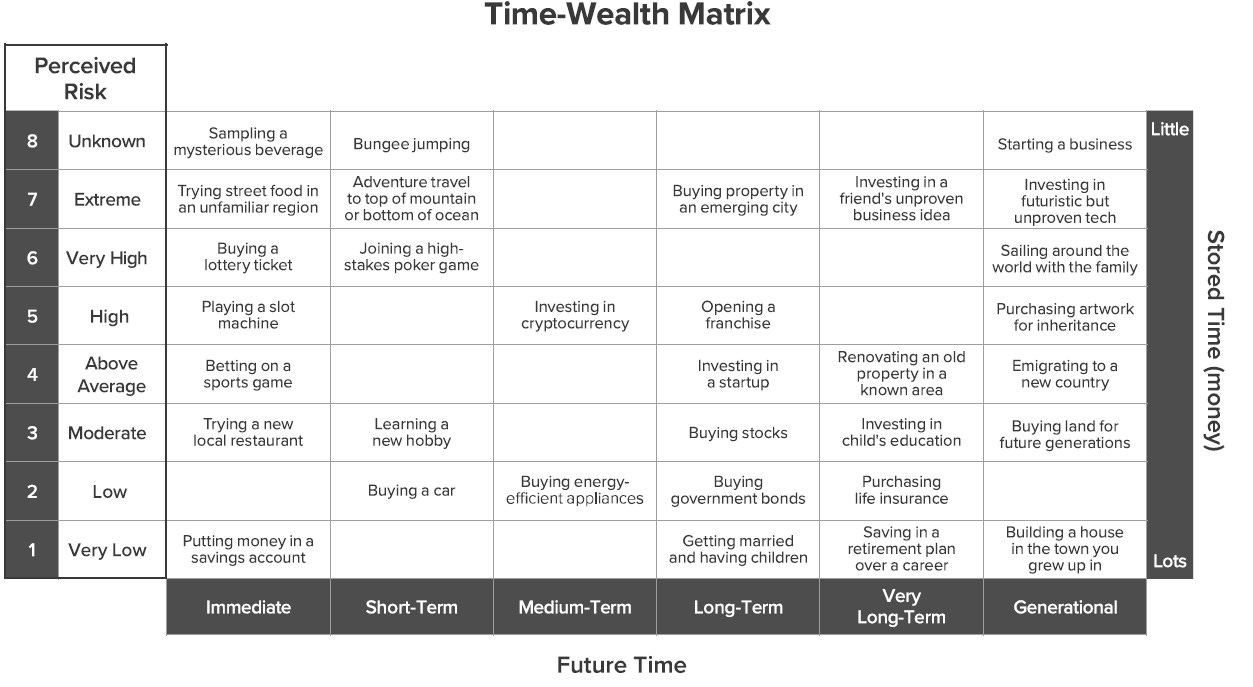In the climbing community, the 12-inch wide Thank God Ledge is notorious as one of the most dangerous sections on the Free-rider route to the top of El Capitan. Understandably, most climbers have the protection of ropes to catch them in case of a misstep.
Count it out – one thousand one, one thousand two, one thousand three, one thousand four, one thousand five, one thousand six, one thousand seven, one thousand eight, one thousand nine, one thousand ten.
That ten seconds you just counted is how long it would have taken Alex Hannold, one of the greatest climbers of all time, to hit the ground if he had fallen from the Thank God Ledge on his historic free solo climb to the top of El Capitan. Free solo means without any ropes for protection.
You might think that to attempt such a climb, a person must be completely fearless. But that's not exactly true. Alex will tell you he experiences fear just like anyone else. The difference? He manages it better than most.
How? He lists the following—Meticulous preparation, mental conditioning, and experience.
With this as a foundation, he can achieve on the rock face what most cannot even imagine. He says, "free soloing is more in the mind than the body."
While you may not be gearing up to free solo El Capitan, there's another climb you're on right now—the route to financial independence. (Hey, I'm a financial advisor—what did ya expect?)
But don't look down! Recently, we've experienced a Thank God Ledge moment as headlines have been full of news about the drop in equity values due to the Yen Carry Trade. (Yen Carry Trade? Never heard of it? Don't worry—it's just one of a thousand factors that can drive the markets.)
Fortunately, even if you haven't trained your mind like Alex before starting this climb, you can do it now to get ready for the next Thank God Ledge moment along your route to financial independence.
Now, since we've moved from the El Capitan to Wall Street, let's review the strategies of another legend, Warren Buffett.
His rules are similar to Alex's: Understanding risk, emotional control, and a long-term perspective.
As Buffett has said, "The most important quality for an investor is temperament, not intellect."
Understanding Risk and Temperament:
In finance classes, risk is an absolute, it is measured by precise mathematical formulas. But once risk moves out of the classroom and into your wallet, it takes on a whole new meaning. It is no longer absolute, it depends on your relationship with risk, that is temperament.
We take risks every day, and it takes on multiple dimensions based on a person's real-life experiences. Every decision involves some element of risk—should I clean the gutters or hire someone, should I walk to the store or ride my bike, etc.—and it encompasses three variables:
· how much will it cost me,
· how much time will it take me,
· and, how risky do I think it is, or as I define it, perceived risk.
To help you understand this better, here is a Time-Wealth Matrix I created to explain how these variables interact,
Many people feel putting money in a savings account is very low risk; they will be comfortable if they have a large amount and it is immediately available. Those same people might also feel that starting a business is extremely risky, will take a lot of time and money, and it is something they have no interest in. But some people feel exactly the opposite; savings accounts are for losers, and the only way to get ahead is to put all your money into starting and running your own business.
How you feel is your perceived risk and is as unique as your fingerprint. Unlike risk in the classroom, there are no absolutes. There are as many Time-Wealth Matrix’s as there are investors, each one reflecting their individual risk perception. Every decision you make, every step you take, is guided by your own personal Time-Wealth Matrix. It's not just a concept, it’s your personal compass in the world, it's your temperament.
Mastering perceived risk and your Time-Wealth Matrix
As Alex says, free soloing is more about the mind than the body—just as Buffett’s success in investing is less about fearlessness and more about mastering discipline, staying informed, and exercising patience. To mimic their success, understanding what is happening between your ears is as important as understanding what is happening on Wall Street to become a great investor.
A technique both Hannold and Buffet employ to manage fear and perceived risk is called visualization. They think about the future outcomes, possible outcomes, and risks along the way.
Hannold thinks about his climb, each foothold, handhold, and where his next move takes him from bottom to top. Buffett uses spreadsheets to think about each company he invests in. He considers its management, economic moats, what competitors might do, and how he would react to each changing circumstance.
So here is an exercise: It is one year from today and your investments are 5%, 10%, 20% higher. What action would you take? Now, what action would you take if they were 10%, 20% lower?
Keeping a long-term perspective and using visualization will guide you to the top of the Financial Independence route you have chosen to climb.
Before making the next move in your portfolio, take a moment to pause and count to ten. While a rushed misstep here won’t be as fatal as one on El Capitan’s Thank God Ledge, it can still leave a lasting bruise on your wallet if you haven’t fully taken the time to understand what you perceive as a risk, may be no risk at all.
Until next time, keep building your Real Wealth one smart move at a time!
If you enjoyed this or want more information on risk managment, you may like my Amazon #1 selling book. It is available at the following link, Hack the Time-Wealth Matrix. It's a guide to help you understand and implement the principles that turn your years into a life rich with meaning.






